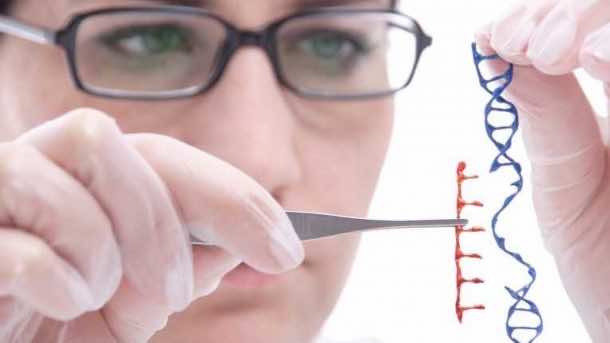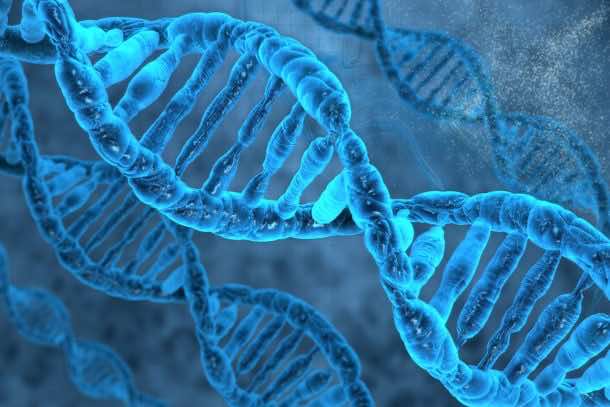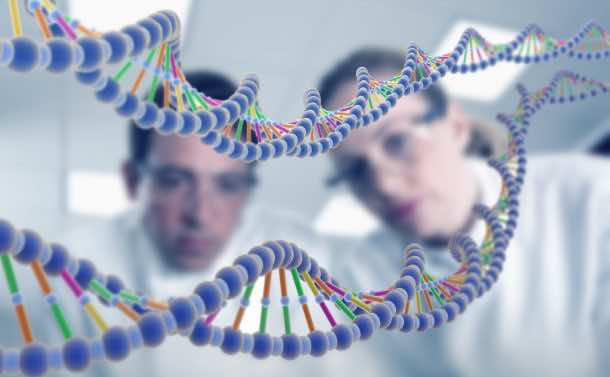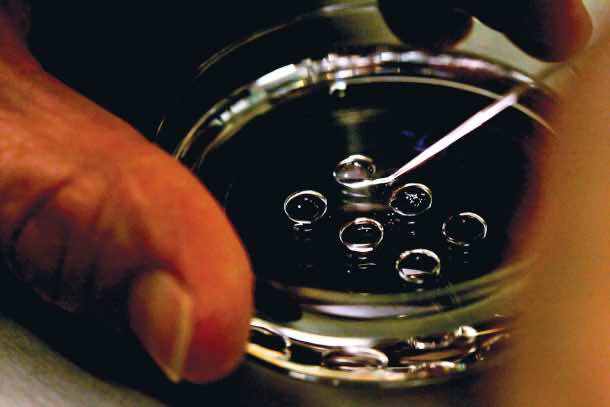CRISPR, pronounced crisper, is a biological technique that can change the DNA. The gene editing technology will bring a paradigm shift in every domain of life.
The discovery of CRISPR is attributed to molecular biologist Professor Jennifer Doudna and her research partner Emmanuelle Charpentier in 2012. The research team from the University of California was trying to ascertain the defense mechanism of the bacteria against viral infections.
The researcher duo discovered a new technique to alter the DNA precisely. Since their research first appeared, the biologist and biochemists from around the world have used the same method for various applications in plants, animals, humans and fungi.

A bacterium undergoing a viral attack produces genetic material which matches the gene sequence of the hostile virus. The genetic piece works in coordination with a key protein named Cas9 to attach itself to the viral DNA thus, destroying it.
The biologists use the same technique to alter or repair the damaged DNA. The precision of the technique allows them to make a single key change after scouring through the billions of chemical combinations. Apart from being precise, the method is quite fast and inexpensive. Thus, it has spurred research in this domain.
Timeline for CRISPR
Since this technology is just a few years old, the patient trials are still in the pipeline. Editas Medicine, a Boston-based enterprise is aiming to conduct clinical experiments of their gene-editing treatment for Leber congenital amaurosis (LCA10) by 2017. LCA10 is a rare disease that results in gradual loss of vision due to the decrease in the photoreceptor cells in the retina of the eye.
Other firms are hoping to counter cancer by boosting the efficiency of the T-cells in the body to enable them to attack and thus, kill cancerous cells in the body. CRISPR can result in an enhanced immune system for the body.

Currently, the research team of Professor Doudna is engaged in a patent fight with another Boston-based firm. Meanwhile, the research on the technique will continue to ascertain the potential applications for this emerging technology.
The clinical trials of two forms of gene editing are already being conducted. TALEN was used to reverse cancer in Layla Richards, who was afflicted with an aggressive form of leukemia. Layla is the first person who owes her life to gene editing.
The world’s first gene editing trials were conducted in California using the ZFNs technique created by Sangamo Biosciences of Richmond, California. More than 80 HIV patients underwent this procedure to remove the immune cells in their body. After that, a gene named CCR5 was removed which is used by HIV to infiltrate the cells. Matt Chappell was one of the volunteers who underwent the treatment and has been living without any antiretroviral medication since then. The firm is now working on gene editing treatments for hemophilia and thalassemia.
These experiments, though quite small, are extremely promising.
Germline DNA Alterations
Germline DNA alterations refer to the gene changes that can be passed down to generations. While the technique can offer treatment for genetic diseases like Huntington’s disease, it can also be used to produce designer babies, with specific genetic enhancements.

The UK is the first country that has allowed gene editing in human embryos. Currently, the permission has been granted for research projects only. Francis Crick Institute in London will be the establishment to carry out the first gene editing in the human embryo. The research team led by Kathy Niakan will attempt to find out the genetic problems that lead women to miscarry repeatedly. The key genes will be removed and examined while the embryos will not be allowed to grow beyond a few days.
An Ethical Dilemma
Marcy Darnovsky from the San Francisco’s Center for Genetics and Society fears that the human embryo editing research may not be properly regulated.
“You could find wealthy parents buying the latest offspring upgrades for their children. We could see the emergence of genetic haves and have nots, leading to even greater inequality than we already live with.”
Others have voiced their concerns about the potential use of the gene editing technique for eugenics.

Gene editing promises a bright future, free of deadly diseases. But then, how could the misuse of this technology be prevented? What’s your take on gene editing? Let us know in comments!



